
There are many contributing factors to hyperpigmentation, and when combined, they create what I like to call the “Perfect Pigmentation Storm.” You might take every precaution, like avoiding too much sun and wearing plenty of sunscreen, but if you’re like me, you can go outside with the biggest hat and stay in the shade all day long and still accumulate more dark spots. Over the years, I’ve learned a lot about treating hyperpigmentation and have many tips and tricks to share. I’ll go over the main types of hyperpigmentation and help you learn how to treat them.
- What is Hyperpigmentation?
- What Causes Hyperpigmentation?
- Types of Hyperpigmentation
- How to Treat Hyperpigmentation
- Sun Protection
What is Hyperpigmentation?
Hyperpigmentation is a condition in which patches of skin become darker than surrounding areas due to concentrated deposits of excess melanin, the molecules that give our hair, eyes, and skin their color. Hyperpigmentation can manifest in various forms, such as age spots, freckles, melasma, or post-inflammatory hyperpigmentation. It can be triggered by several factors, including sun exposure, hormonal changes, acne, or skin injuries. The color of the pigmentation can vary depending on your skin tone and can appear anywhere on the body. However, hyperpigmented areas are most common where you receive more sun exposure, like the face, chest, and hands. While it is generally harmless and doesn’t cause physical discomfort, it can significantly impact a person’s self-esteem.
What Causes Hyperpigmentation?
There are many causes of hyperpigmentation, but in so many words, hyperpigmentation occurs when there is an overproduction of melanin in a concentrated area. This happens when melanocytes, the cells in your body that create melanin, become overactive. While a number of factors can cause a surge in production, heat and inflammation play the biggest role. When introduced to heat or skin trauma, these skin cells will increase production of melanin in an attempt to protect the skin, leaving you with those tell-tale dark spots.
If you’re prone to hyperpigmentation, you might consider limiting your time outdoors. Too much sun exposure has the potential to cause further discoloration and can exacerbate existing dark spots. To be clear, I’m not saying you need to avoid going outside altogether. A little sunshine is always good for our health and well-being. We just want to enjoy it in moderation and with certain precautions. Make sure to wear a hat and apply plenty of sunscreen. Dark spots or not, SPF should always have a place in your daily routine!
Types of Hyperpigmentation
There are three main forms of hyperpigmentation, each requiring a slightly different approach to treatment. Understanding these differences can help you determine the most efficient way to even your skin tone.
Post-Inflammatory Hyperpigmentation
Post-inflammatory hyperpigmentation (PIH) is a common skin condition that occurs after an inflammatory response or skin trauma, such as acne, eczema, rash, or injury. PIH is characterized by darker skin pigmentation in areas where inflammation has occurred. It can be frustrating to treat, as it can take months or even years for the pigmentation to fade naturally. PIH can affect anyone but is more prevalent in those with darker skin tones. With proper care and the right treatment approach, post-inflammatory hyperpigmentation can be effectively managed, allowing the skin to regain its natural and even tone. Our blog on PIH covers this topic in greater detail.
Melasma
Melasma is a pigmentation disorder that generally appears as patchy brown areas on the face, particularly across the cheeks, forehead, upper lip, and chin. It can be triggered by a combination of factors, including hormonal changes, sun exposure, and genetic predisposition. Hormonal fluctuations during pregnancy, oral birth control use, or hormone replacement therapy can further contribute to the development of melasma, earning it the nickname the “mask of pregnancy.” Typical with other forms of hyperpigmentation, melasma will most often appear in areas that receive more sun exposure. However, it can also be found on the abdomen during pregnancy.
Solar Lentigines (Sun Spots)
Solar lentigines (also called sun spots, liver spots, dark spots, or age spots) are a form of hyperpigmentation typically affecting more mature individuals. These spots vary in size and appear as dark patches of skin anywhere on the body but are most often found on the face, chest, arms, and back of the hands. While commonly affecting adults over 50, anyone who spends time in the sun is at risk. Sun protection, such as using sunscreen and wearing protective clothing, is crucial in preventing the development of sun spots and maintaining healthy skin.
Heat and Devices: If your skincare devices emit heat, it’s best to be cautious when using them so you don’t worsen hyperpigmentation. During your treatment, be sure to move your device around often and keep it just far enough from the face so it’s not directly touching the skin.
How To Treat Hyperpigmentation
So how do you treat current hyperpigmentation? Well, the good news is, you don’t have to do anything wild. There are plenty of effective skincare products available that will tackle your pigmentation without risking the health of your skin. If you have sensitive skin, opt for more gentle correctives, like bellis perennis or licorice root extracts. However, if your skin can handle more potent actives, you can enjoy the accelerated results of stronger treatment options like chemical peels or laser treatments. Exfoliants are also a great option for reducing dark spots, as they instantly help resurface the skin, revealing a brighter complexion.
It’s important to mention that treatment and prevention go hand in hand. If you want to make a difference in your complexion, you’ll have to remain consistent and proactive. It’s not enough to simply treat the dark spots you have; you’ll want to incorporate ingredients into your skincare routine to prevent future discoloration.
Best Ingredients for Hyperpigmentation
Here are some of my favorite ingredients for correcting uneven pigmentation.
Stem Cell Cytokines: Stem cell cytokines offer remarkable benefits due to their potent regenerative properties. They encourage cell renewal and assist in speeding the skin’s healing process. Used regularly, stem cells will keep your skin healthy and free of blemishes around the clock. This ingredient is especially helpful for supporting the healing of Post-Inflammatory Hyperpigmentation.
Vitamin C: Vitamin C is a powerful antioxidant with both healthy-aging and anti-inflammatory properties. It aids in reversing visible sun damage with its brightening effects, but it also neutralizes the damage caused by UVA/UVB rays by inhibiting melanin production. With regular use, it can prevent those pesky dark spots from forming in the first place.
Kojic Acid: A by-product of fungi, kojic acid is a multi-tasker when it comes to fighting pigmentation. It not only inhibits tyrosine, therefore reducing melanin production, but it’s a great exfoliator as well, leading to an overall more even complexion. In addition, kojic acid has antimicrobial properties reducing breakouts and promoting clearer skin.
Bellis Perennis Extract: Bellis Perennis, also known as the common daisy, offers several benefits beginning with its soothing and anti-inflammatory properties, making it effective in calming irritated and sensitive skin. Additionally, the extract possesses brightening properties, aiding in the reduction of dark spots and promoting a more even skin tone. Its gentle nature makes it suitable for all skin types.
Licorice Extract: Licorice extract is known for its soothing and brightening properties. It is derived from the root of the licorice plant containing compounds that have anti-inflammatory and antioxidant effects. It helps to calm irritated skin, reduce redness, and even out skin tone. Additionally, its natural skin-lightening properties make it effective in minimizing the appearance of dark spots and hyperpigmentation, promoting a more radiant complexion.
Azelaic Acid: Highly underrated, azelaic acid is an antibacterial and anti-inflammatory active that works wonders to fight an array of skin concerns. It’s effective in reducing redness, swelling, and irritation associated with conditions like acne, and rosacea, and reducing hyperpigmentation. It also possesses gentle exfoliating properties, promoting cell turnover and reducing the appearance of acne scars.
Retinol: Retinol is a derivative of vitamin A that works by promoting skin cell turnover, reducing the appearance of dark spots and uneven skin tone caused by excessive melanin production. It penetrates deep into the skin, stimulating collagen production and enhancing the renewal process.
Disclaimer: Discontinue use completely during the summer months, as retinol increases sun sensitivity which can worsen hyperpigmentation.
Best Products for Hyperpigmentation
If you’re looking to incorporate some of these pigment-fighting ingredients into your skincare routine, below are some of my favorite products for treating and preventing hyperpigmentation.
- NeoGenesis Recovery Serum and AntAGE Serum contain stem cell cytokines for healthy cell renewal.
- Incorporate the power of vitamin C with Rhonda Allison Stem Bright-C or IS Clinical Brightening Complex.
- Enjoy the brightening properties of kojic acid with Rhonda Allison Skin Brightening Enzyme or Rhonda Allison Brightening Cream Enhanced.
- Fight inflammation and dark spots with the gentle effectiveness of bellis perennis with Rhonda Allison Brightening Pigment Tonic or Rhonda Allison Naturalè Mega Brightening Serum.
- Add the brightening prowess of licorice extract with added anti-inflammatory benefits with Michele Corley Licorice Root Additive or Le Mieux Brightening Toner.
- Beat pigmentation, reduce redness, and exfoliate with azelaic acid found in Sorella Apothecary Lemon Lightening Serum or Le Mieux Brightening Serum.
A Note About Hydroquinone
Hydroquinone is a strong skin-lightening agent, and while some might swear by it, it isn’t something we recommend. Along with a reputation for causing dryness and irritation, it’s not an effective way to treat PIH specifically. Hydroquinone is not able to reach the inflammation happening in the deeper layers of the skin, leaving those red spots untouched. And because it works like a “bleaching” agent, it’s something you might want to avoid entirely if you have a darker skin tone, as it can cause further discoloration with continued use.
Sun Protection
Preventing Hyperpigmentation
Arguably the most crucial part of any routine, sun protection is vital for healthy skin. As I’ve mentioned, too much sun exposure can exacerbate your hyperpigmentation. Applying a broad-spectrum SPF daily will help protect your skin from sun damage and the possibility of further discoloration. Be sure to read my blog to learn how to choose the best sunscreen for your skin type, and check out some staff favorites.
While hyperpigmentation isn’t harmful, it can certainly take a toll on you. The best thing you can do is be patient with your skin and continue applying the right ingredients to help it heal. Remember, we don’t want to strive for flawless skin, we simply want to enhance our natural beauty.

Unsure where to start? Reach out for a free skincare checkup, and our licensed estheticians will optimize your routine for the best results. We’ll be here every step of the way!

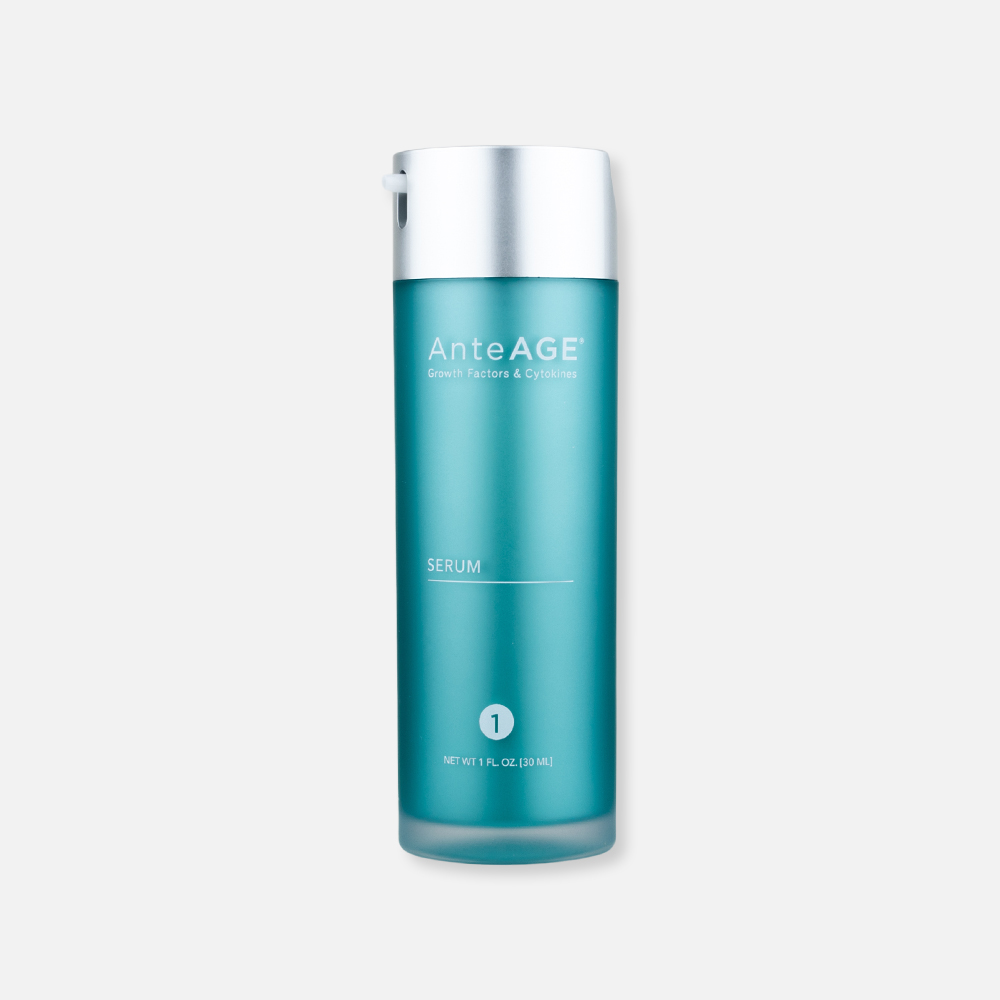

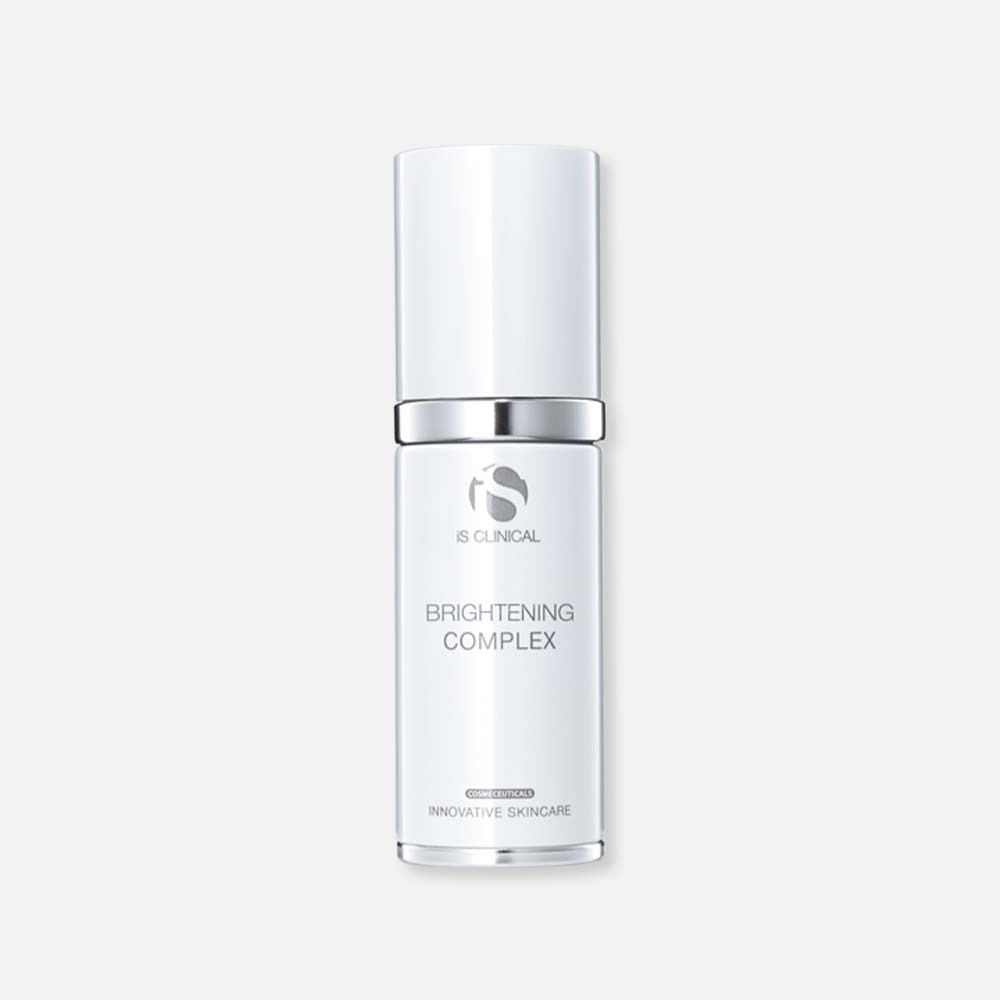
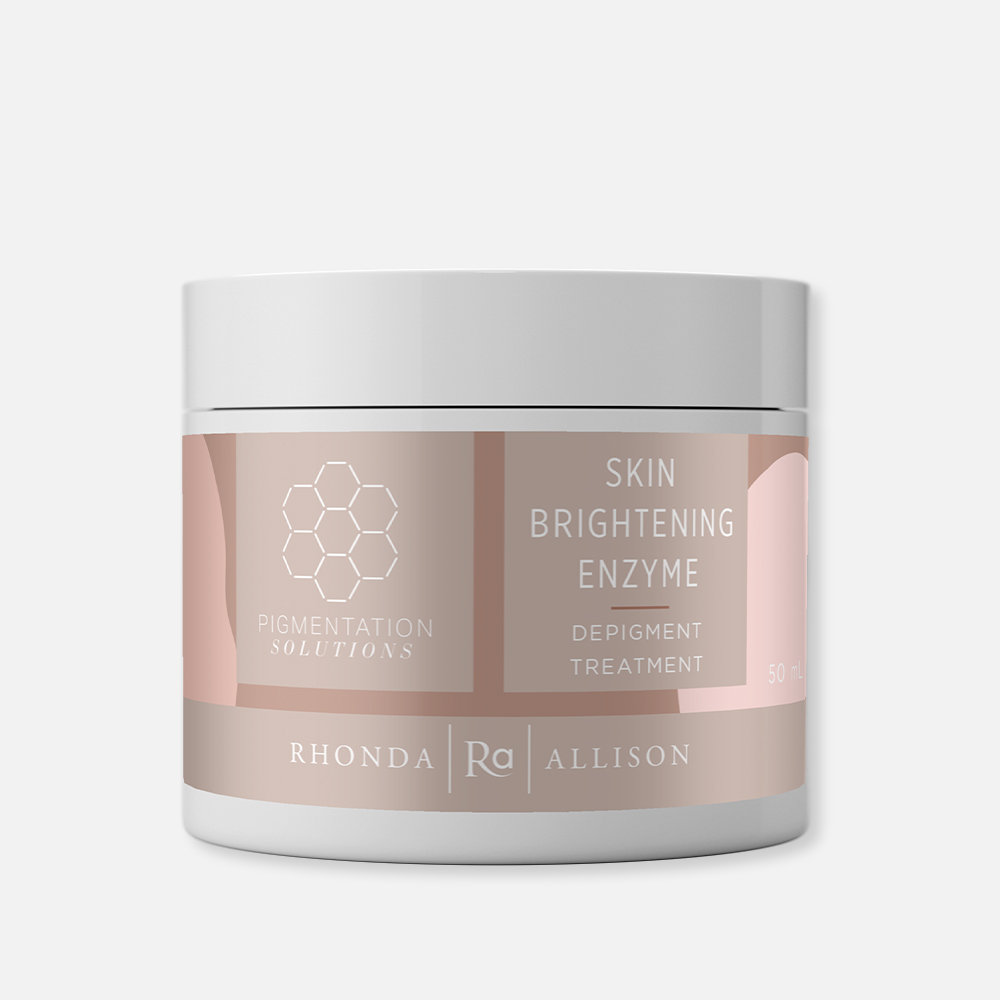
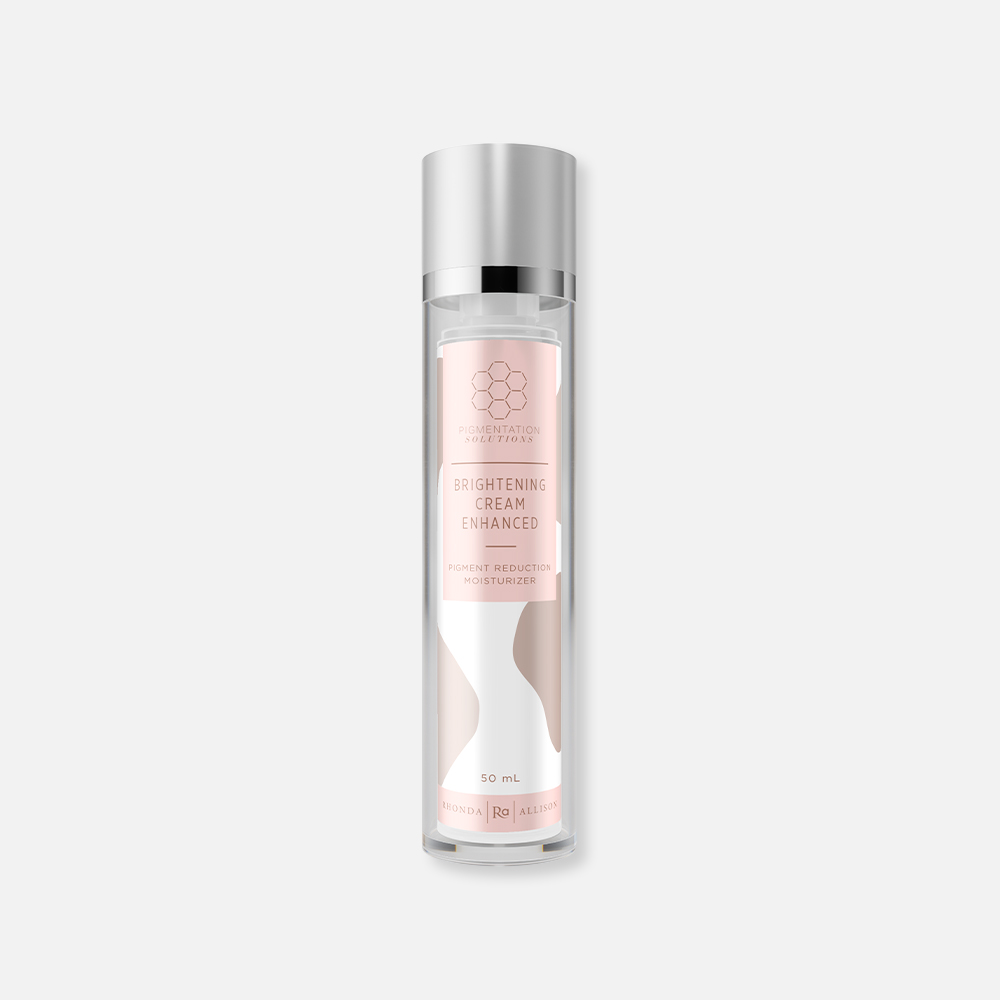
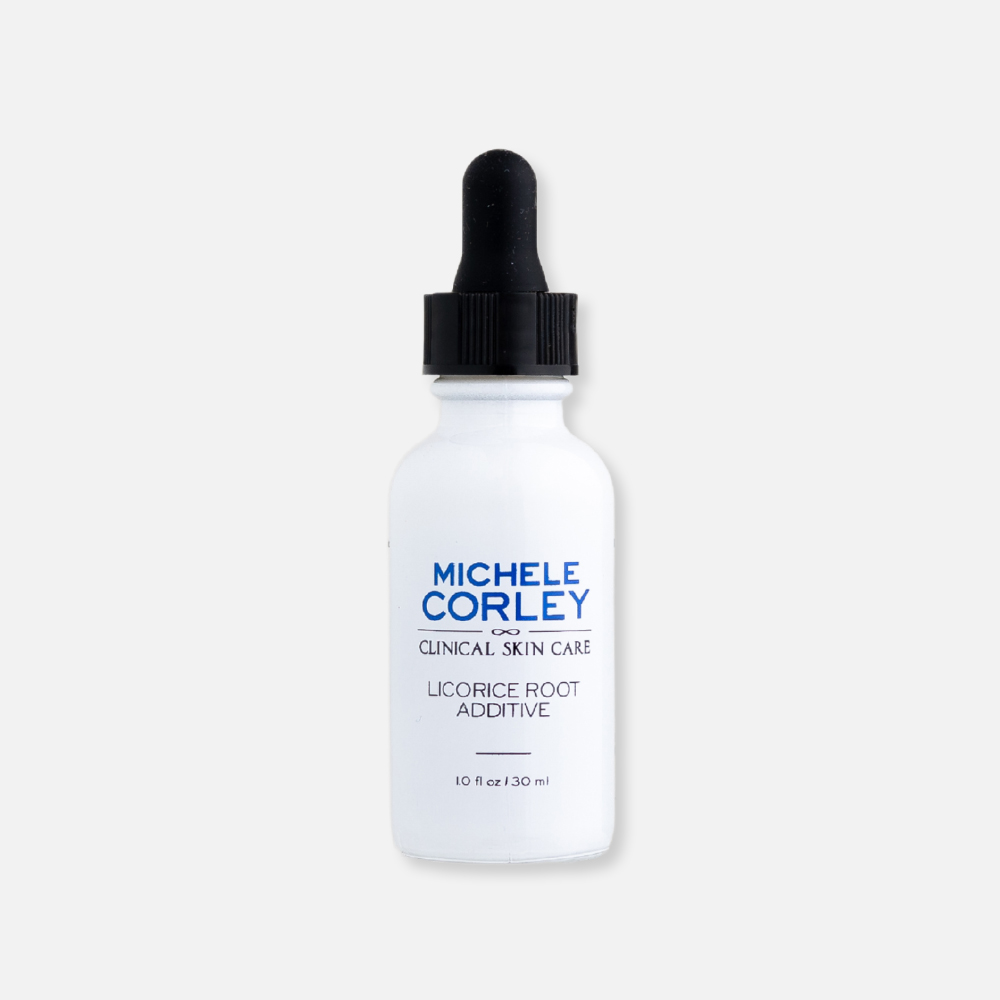
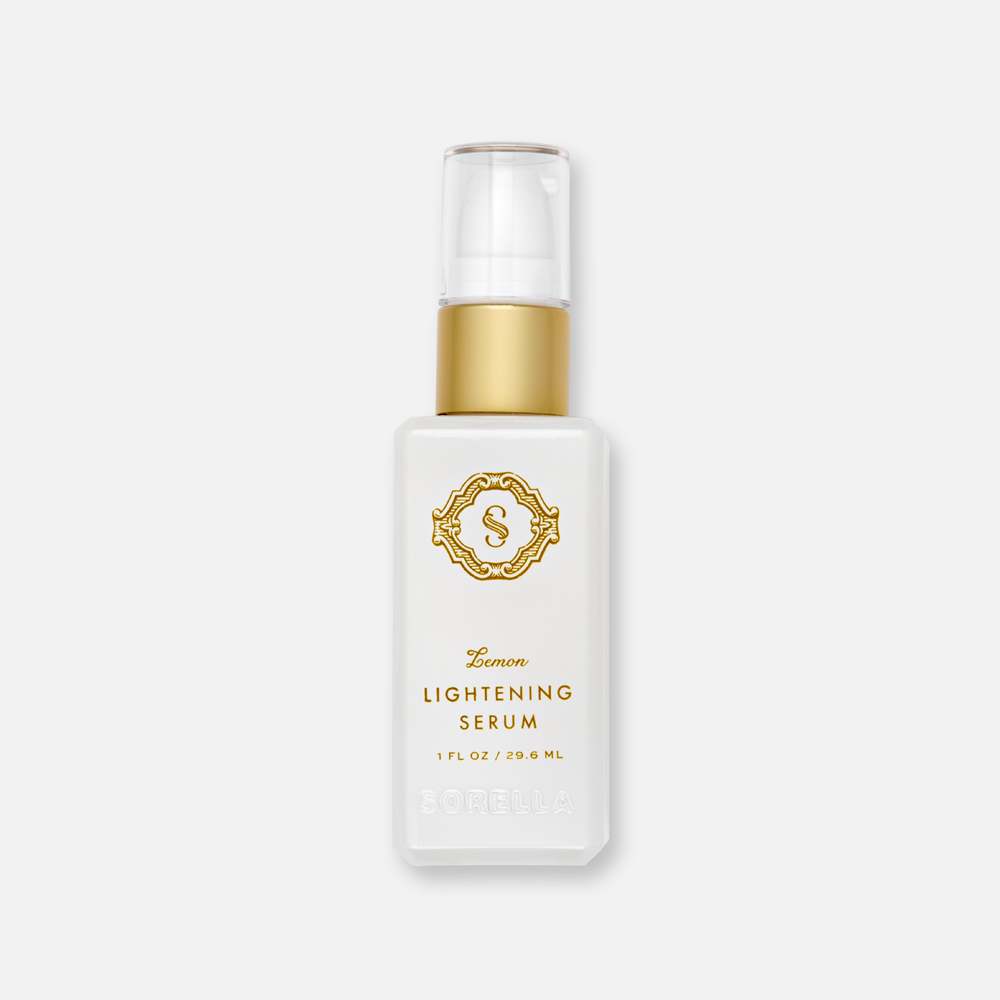
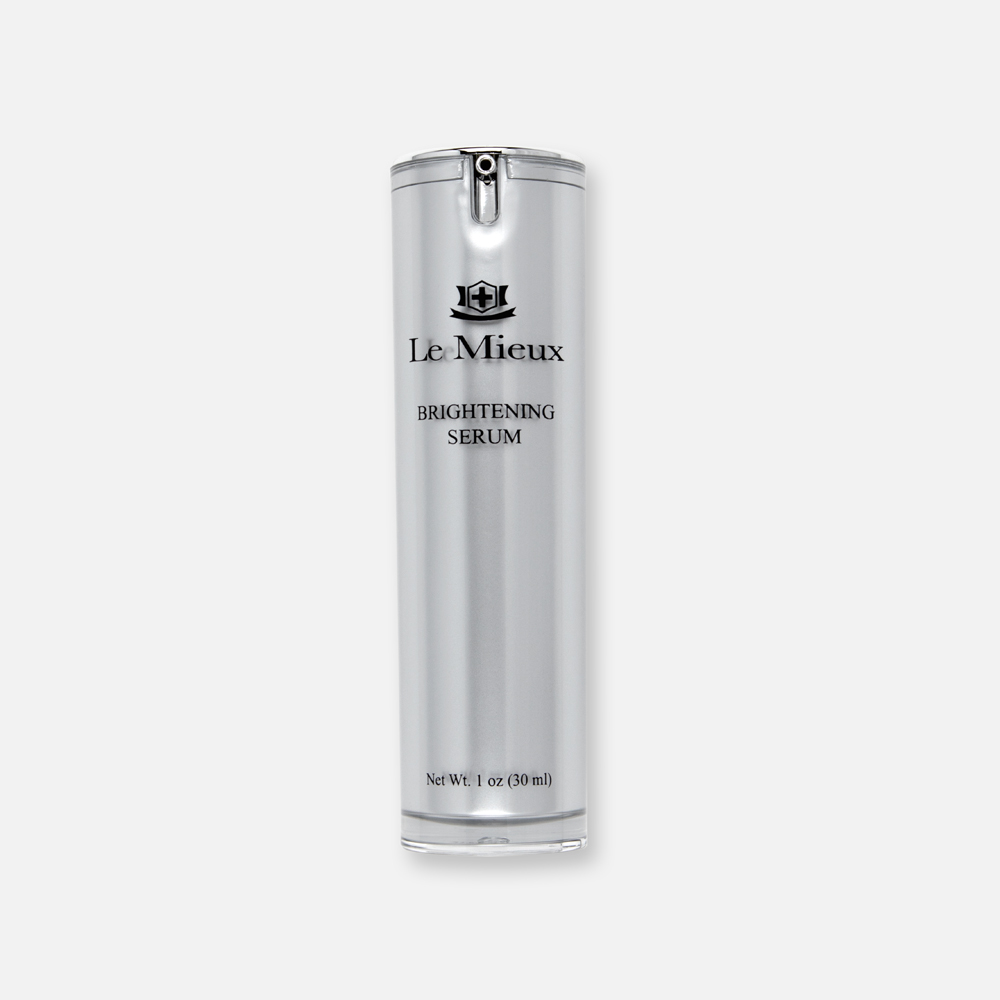
Comments (2)
PIH is actually hyperpigmentation. Excess blood flow during the healing process actually refers to PIE – post-inflammatory erythema. The post seems to mislabel PIE with PIH.
Hi Catherine,
PIH and PIE are both caused by an injury to the skin. PIE easily leads to PIH, if not properly cared for. Thanks for the clarification.